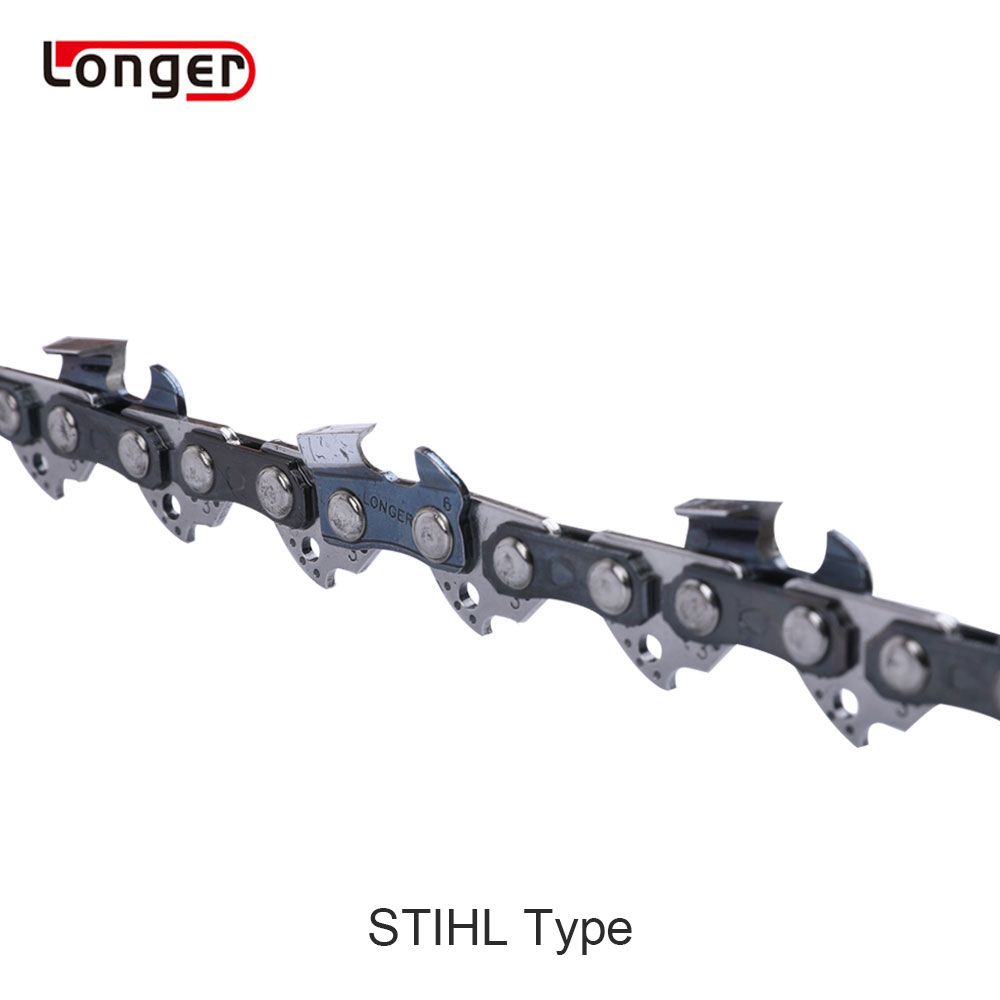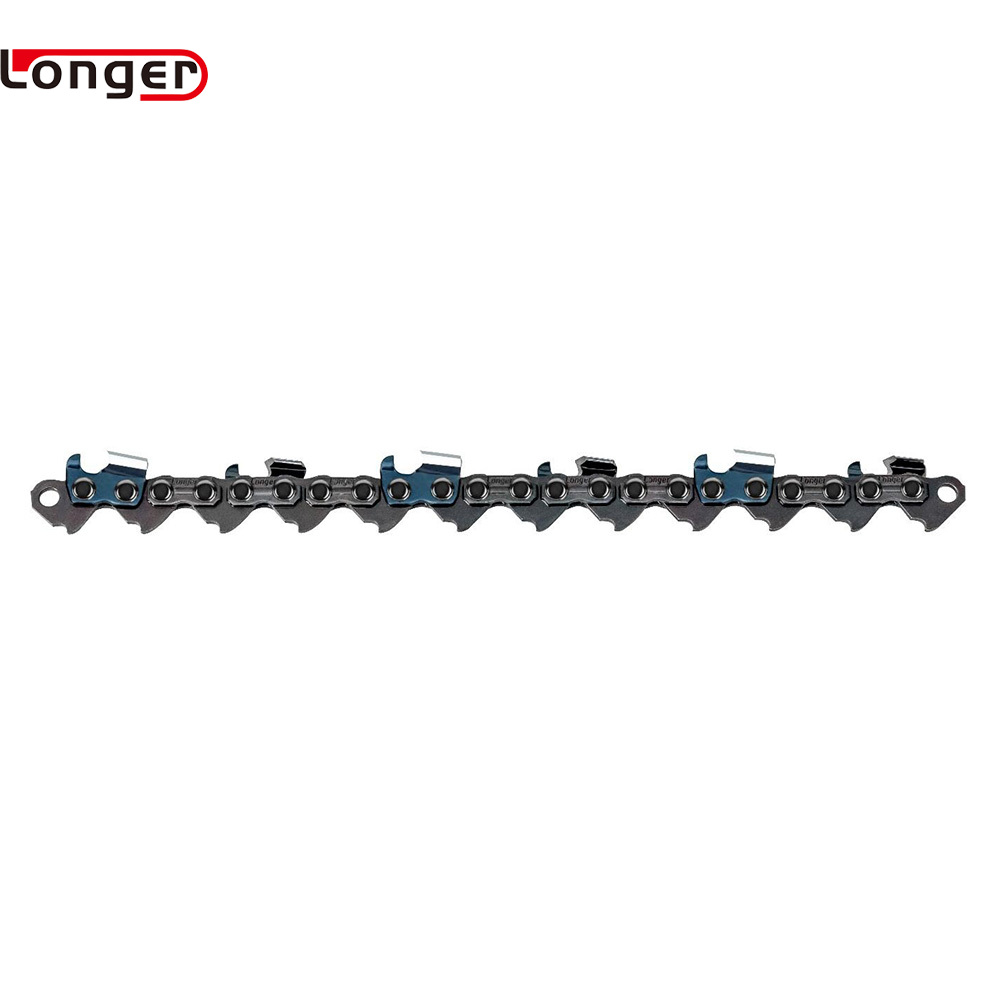LAMINATED BAR 3 OR 4 RIVETS are a cold headed fastening device which is commonly used in the jewelry industry. They are ideal for connecting metallic components with one another without a need to solder the pieces together.
Structural rivets provide a mechanical connection that is extremely resistant to vibration and high shear and tensile stresses. They are a preferred fastening device for all fine sheet metal work.
Solid Shank
LAMINATED BAR 3 OR 4 RIVETS ARE STANDARD FASTENERS THAT JOIN MATERIALS TOGETHER IN A SECURE, SAFE AND EFFICIENT WAY. They are used in airframe repair, automotive and construction applications.
Solid shank rivets are a two-piece fastener consisting of a metal collar swaged onto a threaded pin end that firmly holds materials in place. They are installed using standard bucking bars and pneumatic riveting hammers.
A solid shank rivet’s bucktail, or factory head, is placed in a predrilled hole cut just slightly larger in diameter than the rivet. A hammer or pneumatically driven squeezing tool upsets the bucktail, causing it to expand about 11/2 times its original shaft diameter, forming a second factory head that firmly locks the material in place.
Forged rivets can be made in a variety of materials, including aluminum, aluminum alloys, brass, copper, steel and stainless steel. Depending on the alloy, forged rivets may be heat treated to make them soft and quenched in water for easy handling.
Semi-Tubular
Semi-Tubular (also called tubular) rivets are essentially the same as solid rivets, but with a shallow hole at the tip opposite the head. This causes the tubular portion of the rivet (around the hole) to roll outward when force is applied, reducing the amount of force needed for installation--tubular rivets require roughly 1/4 the force of solid rivets.
These fasteners are typically made of aluminum, brass, copper, and steel materials. They come in a variety of head designs, including oval, flat, countersunk or undercut.
These are also available in a variety of finishes, such as anodizing and black oxide. They are custom manufactured for aerospace, defense, automotive and electronic applications. Various services are provided, such as machining, welding, swaging and tapping.
Blind
LAMINATED BAR 3 OR 4 RIVETS (Blind) are special purpose fasteners that can only be installed from one side. They are commonly used on aircraft in air intake areas where rivet parts may be ingested by the engine, on control surfaces and hinges, flight control actuating systems, wing attachment fittings, landing gear fittings, floats or amphibian hulls below the water level, and other heavily stressed locations.
Blind rivets consist of a smooth shaft and head containing a mandrel within the shaft and a weaker area near the head. When a tool is drawn through the mandrel, the compressed force causes the weakened shaft area to expand and form a second head to establish a permanent fastening.
Blind rivets are available in standard, structural, closed end and various other styles for a wide range of applications. Blind rivets are often installed with Jo-bolts, Visu-lok(r), Composi-Lok(r), OSI Bolt(r), and Radial-Lok(r) fasteners.
Large Flange
A flange is a forged or cast ring of metal that is used to strengthen columns, beams, and pipes. They can be bolted, welded or threaded to a fitting.
There are a number of different types of flanges, and they come in round, square and rectangular shapes. They are suited to specific applications and require different materials, manufacturing methods and quality standards.
Slip-on Flange
This type of flange is easily fitted and welded into different pipes. It is slipped over the pipe and welded both inside and outside to ensure sufficient strength and prevent leakage.
Socket Weld Flange
These flanges are similar to the Slip-on flange, but they are inserted into sockets on the flange and connected by a fillet weld at their top. This ensures a smooth bore and better flow of the fluid or gas inside the pipe.






.jpg)



